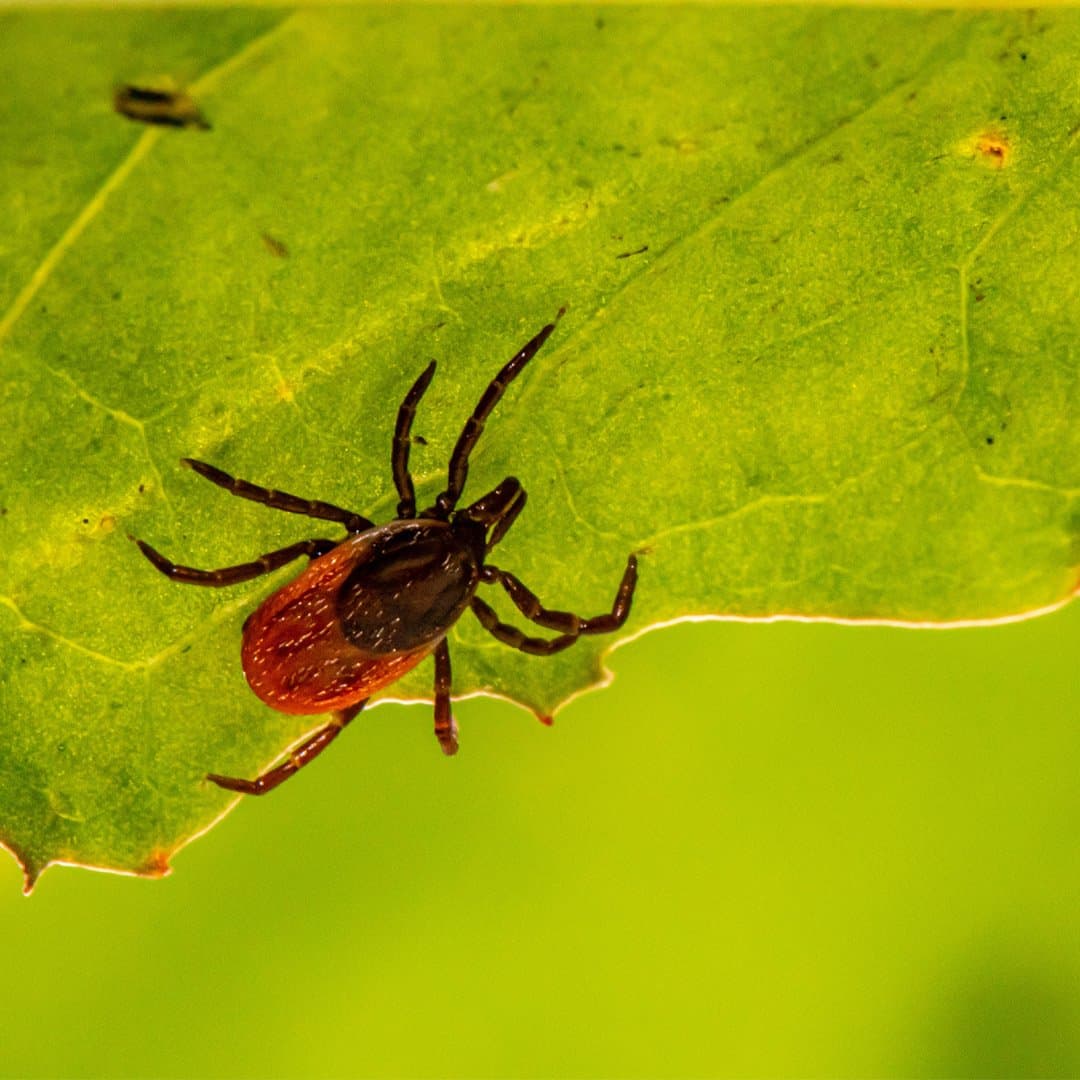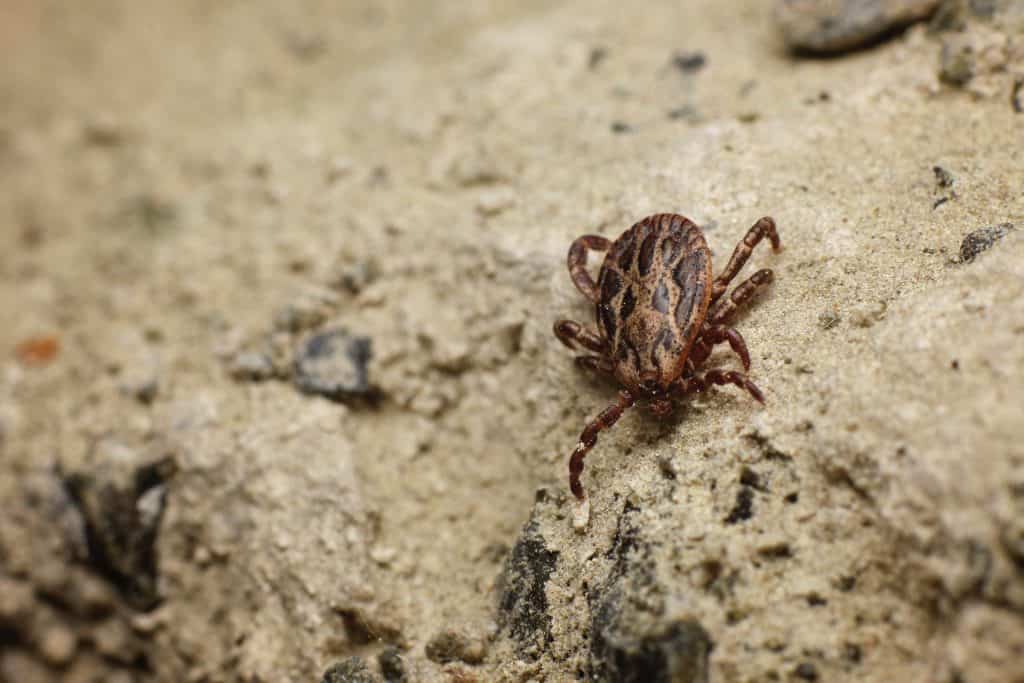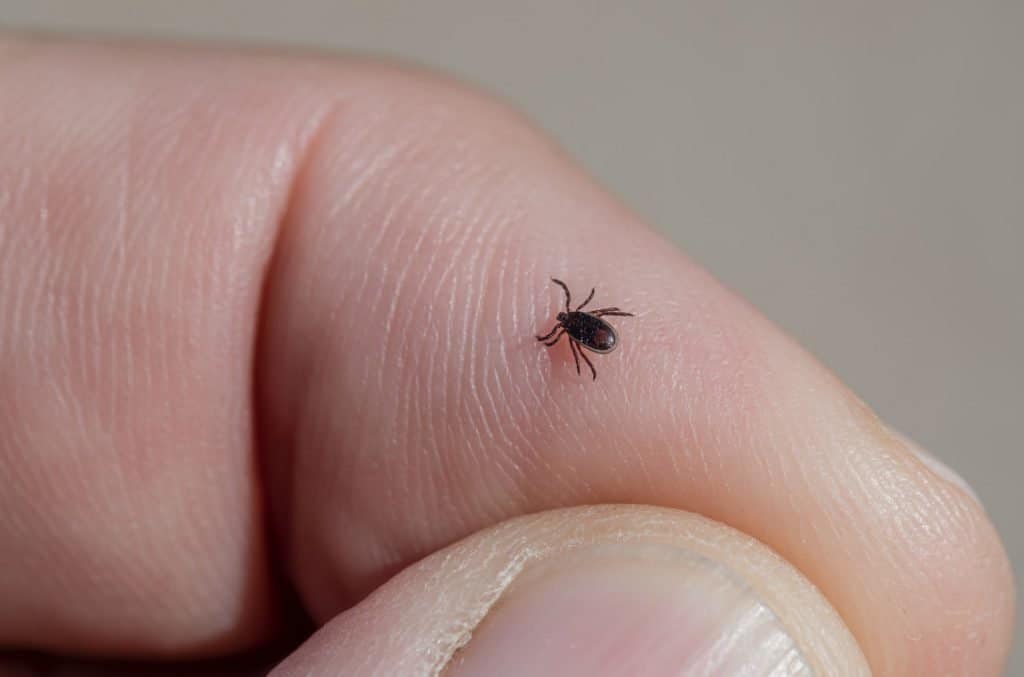How Long Can Ticks Live Without A Host

If you’re reading this, it’s probably that time of the year again. You know, when the ticks come out. In the spring and summer, ticks are a major problem. They can attach to you, your pets, or even your clothes and they’re not easy to get rid of. But have you ever wondered just how long ticks can live without a host?
Believe it or not, some species of ticks can live without a host for quite some time. They can actually go dormant for long periods of time and then re-activate when they find a new host. In some cases, ticks have been known to live without a host for up to two years!
So what does this mean for you? Let’s get right into it!
Quick Links
So, how long can ticks live without a host?

There are three main types of ticks that you’ll encounter while hiking or camping:
1. Deer ticks
Deer ticks are small and black in color. They’re the most common type of tick and they can carry a number of diseases, including Lyme disease – a debilitating infection that can cause a wide range of symptoms.
Deer ticks can live for several years, depending on the environment and the climate. In cold climates, ticks may only live for a few months, while ticks in warm climates can survive for up to two years.
2. Lone star ticks
Lone Star ticks are larger than deer ticks and they have a white dot on their backs. They are known to carry a number of diseases, including Rocky Mountain spotted fever.
Lone star ticks can live without a host for up to two years.
3. American dog ticks
American Dog ticks are brown in color and they’re the largest type of tick. Fortunately, they don’t carry as many diseases as deer ticks or Lone Star ticks, but they can still transmit Rocky Mountain spotted fever and several other diseases.
American Dog ticks can live without a host for up to one year.
What is the lifecycle of a tick?
Ticks go through four different life stages:
1. Egg
2. Larva
3. Nymph
4. Adult
The egg is the first stage of a tick’s life cycle. It’s very small and it’s attached to the host (usually a deer, rodent, or bird). The larva is the second stage of a tick’s life cycle. It hatches from the egg and it’s very small – about the size of a poppy seed. The larva feeds on blood from the host and it will molt (shed its skin) several times before becoming a nymph. The nymph is the third stage of a tick’s life cycle. It’s about the size of a gnat and it feeds on blood from the host. The nymph will molt (shed its skin) several times before becoming an adult. The adult is the fourth and final stage of a tick’s life cycle. It’s about the size of a small apple seed and it feeds on blood from the host. The adult will mate and lay eggs, starting the life cycle all over again.
How long do ticks live?
The ticks that you’re likely to encounter while hiking or camping – deer ticks, Lone star ticks, and American dog ticks – can all live without a host for up to two years. Ticks go through four different life stages, and the adult stage can live for up to one year. So, if you’re unlucky enough to get ticks on you, they could potentially be there for quite some time unless you remove them.
Preventative Measures: How to protect yourself from ticks

First off, ticks are most commonly found in wooded areas, where they attach themselves to passing animals or people. They can also be found in grassy fields and along hiking and camping trails.
Ticks can be treated with pesticides, but they are becoming increasingly resistant to these chemicals. The best way to avoid ticks is to take precautions when hiking or camping in wooded areas.
There are a few different things you can do to protect yourself from ticks when you’re hiking or camping:
1. Wear long pants and a long-sleeved shirt – this will help to keep ticks from getting onto your skin. Ticks can attach themselves to your clothing, so you should be wary of wearing loose-form clothing where they can sneak through to your skin.
2. Use a tick repellent – there are a number of different tick repellents on the market, and most of them are effective. Look for DEET-based insect repellent.
I personally can recommend DEET from Sawyer Products.
3. Check yourself for ticks after you’ve been outside – use a mirror to check your skin and hair for ticks, and then remove them if you find any.
4. Shower and wash your clothes after you’ve been outside – this will help to remove any ticks that may be on your body or clothes.
5. Keep an eye out for ticks – if you see a tick on your skin, remove it as soon as possible.
Removing ticks: How to get ticks off your skin
If all else fails and you end up finding a tick on your skin, there are a few ways to remove it:
1. Use a pair of tweezers – grasp the tick as close to the skin as possible and pull it straight out. Do not twist or turn the tick when you’re pulling it out.
2. Use a ticks removal tool – these tools are specifically designed to remove ticks, and they work very well.
3. Apply some petroleum jelly or alcohol – you can also use these substances to remove ticks. Apply them to the tick and wait a few minutes for the tick to detach itself from the skin.
4. Use a flame – you can also use a flame to remove ticks. Hold the flame close to the tick until it’s burned off.
If you’re having a hard time removing the tick, please seek medical attention. ticks can carry a number of diseases, and it’s best to get them removed as soon as possible.
How long can ticks live in a house?
Now, let’s say you, unfortunately, bring back a tick or two from your camping or hiking trip – what’s the next step?
There are a few things you can do to help get rid of ticks in your house:
1. Vacuum your floors and furniture – this will help remove any ticks that may be hiding in your house.
2. Wash your clothes and bedding – ticks can’t survive for very long without a host, so washing your clothes and bedding will help to get rid of them.
3. Use a tick spray – As discussed earlier, there are a number of tick sprays on the market, and they all work pretty well. Spray your furniture, floors, and bedding with the tick spray to help kill any ticks that may be in your house.
4. Keep an eye out for ticks – if you see a tick in your house, remove it as soon as possible.
Ticks can live without a host for up to two years, so it’s important to be vigilant and take steps to get rid of them. However, due to high humidity and other environmental factors, ticks are not likely to live for an extended period of time in a home.






